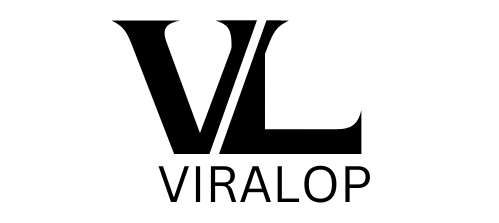I. Introduction
COOMET (Euro-Asian Cooperation of National Metrological Institutions) is a regional initiative founded in 1991 to support the harmonization and development of metrology—the science of measurement—among its member countries. It plays a central role in strengthening technical cooperation, ensuring measurement consistency, and integrating regional metrology systems with international frameworks.
II. Historical Background
COOMET was formed following the political and economic transitions in Eastern Europe and the former Soviet Union. Its initial focus was preserving metrological collaboration among these countries. Over the decades, COOMET expanded its scope, aligning itself with global standards and evolving to meet the growing technical needs of its members.
III. Organizational Structure

The organization is governed by a committee with representatives from each member state. Leadership includes a rotating presidency and a permanent secretariat. Its technical work is handled by specialized Technical Committees (TCs), which focus on key measurement areas like legal metrology, time & frequency, and training. Additional working groups support strategic goals and regional development.
IV. Membership
COOMET’s members include national metrology institutes from over 20 countries across Europe and Asia. Members participate as either full or associate members. The cooperative model allows countries at various stages of metrological development to benefit from technical expertise and shared projects.
V. Activities and Functions
COOMET facilitates international comparisons of measurement standards, supports the implementation of mutual recognition arrangements, and offers training programs to build technical capacity. It plays a major role in developing calibration services, harmonizing legal metrology regulations, and enhancing the overall quality infrastructure of member states.
VI. International Collaboration
COOMET collaborates with international organizations such as the BIPM (Bureau International des Poids et Mesures), OIML (International Organization of Legal Metrology), ISO, and regional partners like WELMEC and APMP. These relationships ensure that its members stay aligned with global standards and actively participate in international metrological initiatives.
VII. Achievements and Impact
One of COOMET’s major achievements is its support for the CIPM Mutual Recognition Arrangement (MRA), which helps ensure the global acceptance of national measurement standards. It has facilitated technical growth in developing countries, reduced trade barriers, and increased measurement reliability across the region.
VIII. Challenges and Future Outlook
As the digital transformation of metrology accelerates, COOMET faces the challenge of adapting to technologies such as digital calibration, data security, and quantum measurement standards. Future efforts will likely focus on deeper digital integration, strengthening partnerships, and expanding support for emerging economies.
IX. Resources and Publications
COOMET maintains an active library of resources including technical recommendations, project reports, and training guides available on its official website (coomet.net). These materials are used by professionals, policymakers, and researchers across member countries.
X. Conclusion
COOMET remains a cornerstone of regional metrology cooperation in Euro-Asia. Its work in aligning measurement systems, supporting technical development, and fostering international trust has made it a crucial player in the global quality infrastructure ecosystem.





